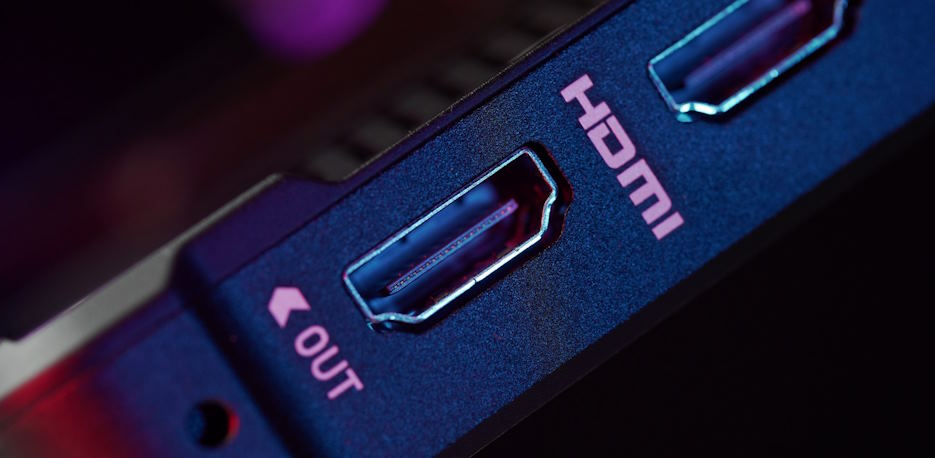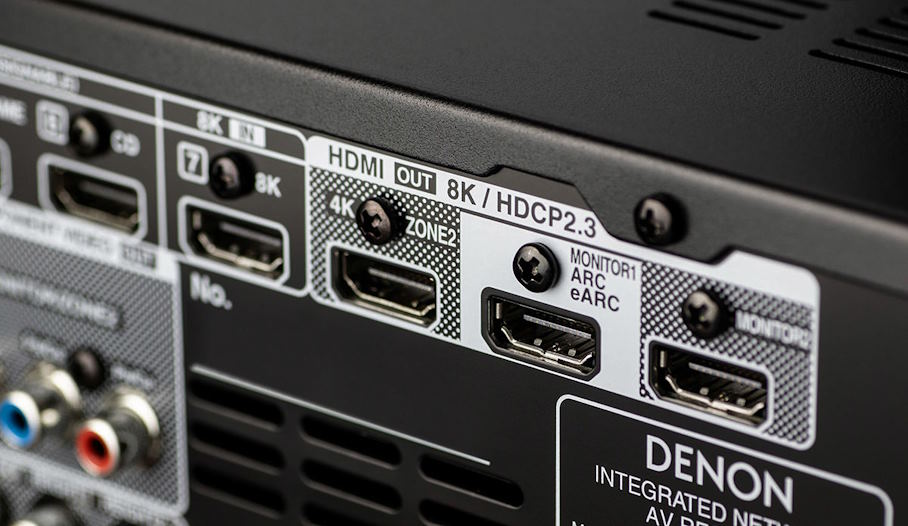

The Role of HDMI and Other Ports in AV Receivers

As technology continues to advance at a rapid pace, the demands for richer audio and higher-resolution video experiences have escalated. AV receivers have evolved to meet these demands, and at the heart of this evolution lies the intricate interplay of ports and connectors. The HDMI interface, in particular, has undergone transformative changes, adapting to the shifting landscape of high-definition content and emerging standards. Beyond HDMI, other ports such as analog and digital audio interfaces, various video connectors, USB ports, and even wireless capabilities contribute to the intricate web of connectivity options.
HDMI (High-Definition Multimedia Interface)
HDMI (High-Definition Multimedia Interface) has emerged as the gold standard in audio-visual connectivity, revolutionizing the way we experience home entertainment. A. At its core, HDMI is a sophisticated digital interface that enables the transmission of high-definition audio and video signals over a single cable. Unlike its analog predecessors, HDMI delivers pristine, uncompressed signals, ensuring a true-to-source audio and visual experience.
The evolution of HDMI has been marked by successive versions, each introducing advancements to keep pace with the ever-increasing demands of modern multimedia. From HDMI 1.0 to the latest iterations like HDMI 2.1, this evolution has brought about increased bandwidth, support for higher resolutions, and features like dynamic HDR, making HDMI a future-ready technology.

Key features and capabilities of HDMI in Denon AV receiver include support for 4K and 8K resolutions, high dynamic range (HDR) for enhanced contrast and color depth, and the ability to transmit multi-channel audio formats like Dolby Atmos and DTS:X. HDMI also facilitates Consumer Electronics Control (CEC), allowing interconnected devices to be controlled with a single remote.
Despite its numerous advantages, HDMI does have limitations. Cable length can impact signal quality, and older HDMI versions may not fully support the latest features. Additionally, HDMI technology is not immune to compatibility issues, particularly when integrating devices from different manufacturers. Nevertheless, the advantages of HDMI far outweigh its limitations, making it an indispensable technology for delivering the ultimate audio-visual experience in modern AV receivers.
Other Important Ports in AV Receivers
While HDMI takes the spotlight in AV connectivity, a holistic understanding of an AV receiver’s capabilities requires exploration beyond this digital interface. A. In the realm of audio, AV receivers boast a myriad of ports. Analog audio inputs/outputs provide compatibility with legacy devices, offering a bridge between old and new technologies. Digital audio ports, including optical and coaxial, cater to high-fidelity audio transmission, ensuring a pristine sound experience.

On the video front, AV receivers feature a diverse array of ports to accommodate various display technologies. Component video ports support high-quality analog signals, while composite and S-video ports offer solutions for older equipment or specific use cases. These options ensure compatibility with a wide range of video sources, contributing to the versatility of AV receivers.
USB ports, often overlooked, play a crucial role in modern AV systems. They facilitate the connection of external storage devices, enabling playback of multimedia content directly from USB drives. D. Moreover, the integration of network and wireless connectivity elevates AV receivers to new heights. Ethernet ports provide a stable, high-bandwidth connection for streaming and firmware updates, while Wi-Fi and Bluetooth capabilities offer convenient wireless options for seamless integration with smart devices. In essence, these diverse ports collectively empower AV receivers to serve as the central hub for an expansive array of audio and video sources, ensuring a comprehensive and adaptable home entertainment experience.








